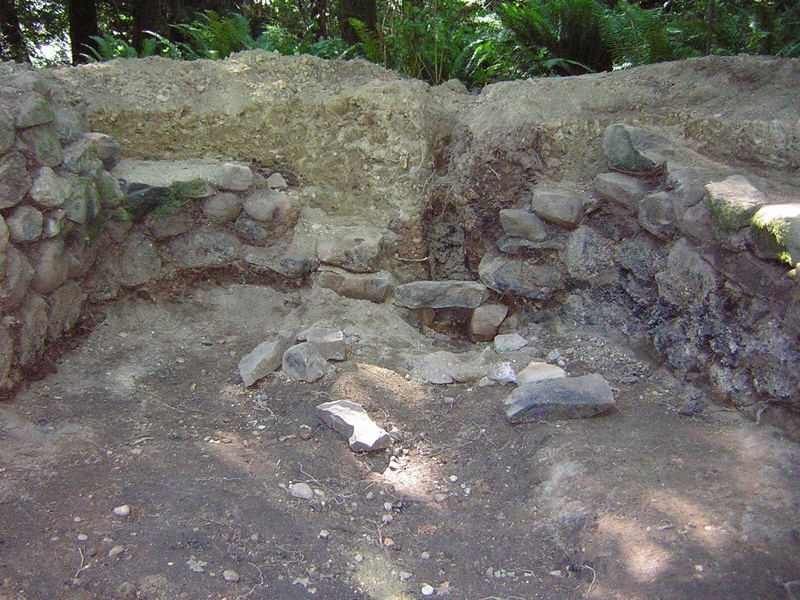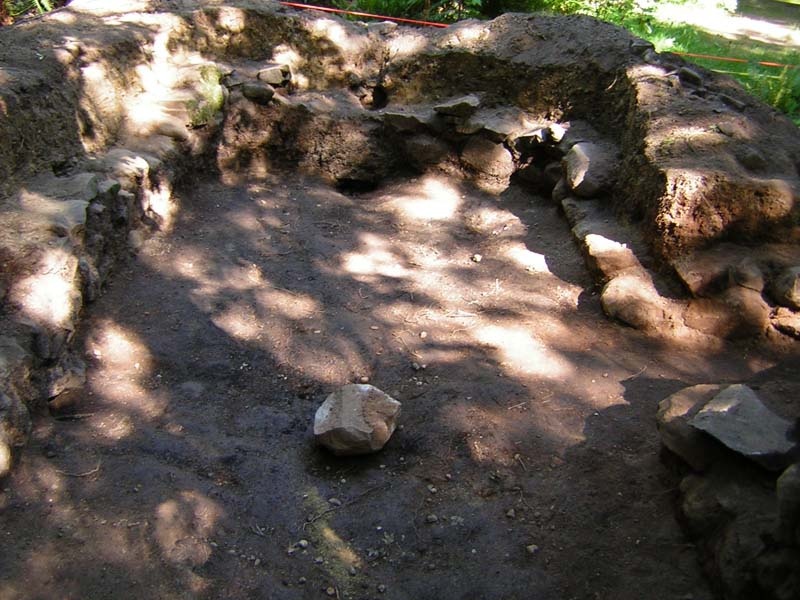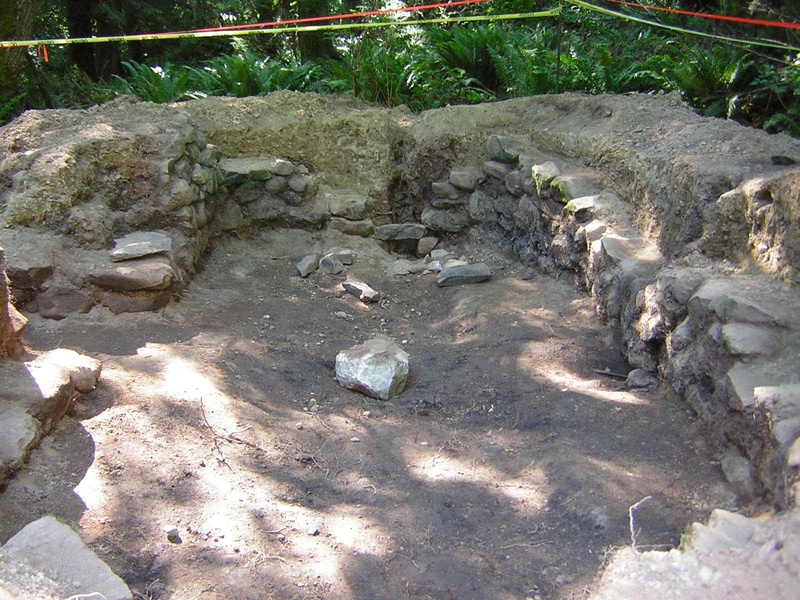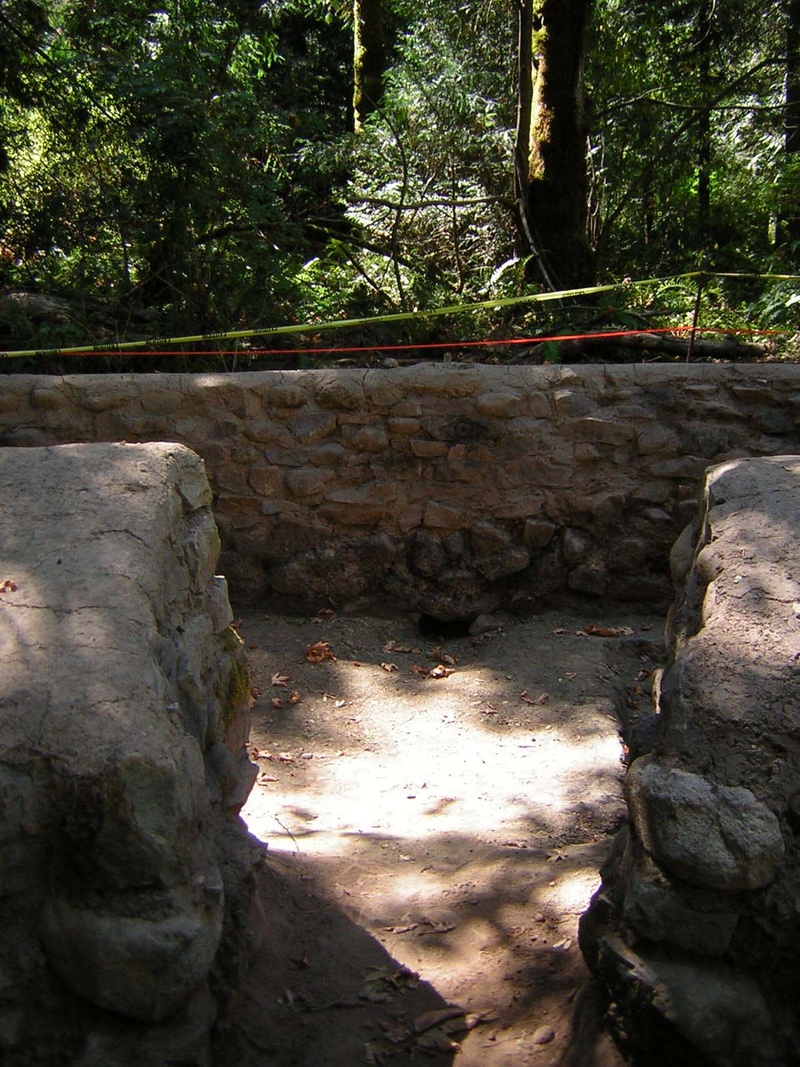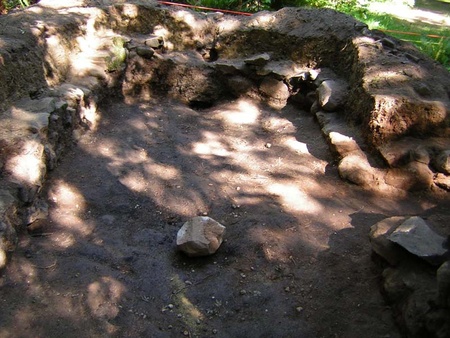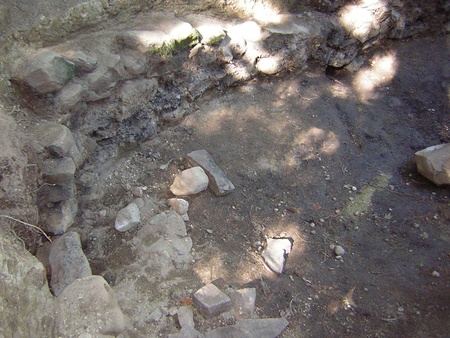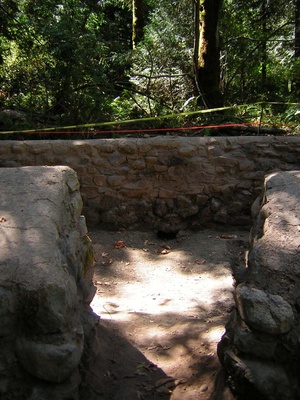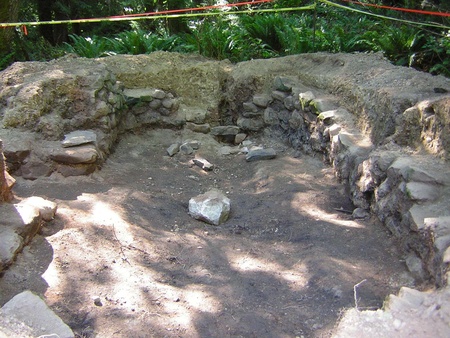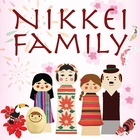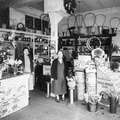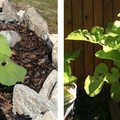What is the old saying? “What is old is now new again.” For thousands of years, the Wakayama Prefecture craftsmen made charcoal to produce the finest steel to pound into samurai swords. These skilled Wakayama artists were coveted by the Shogun. They knew how to produce high-grade, quality charcoal to melt the iron to produce weapons as well as churning out clay potteries. Once electricity and gas were introduced, charcoal-making became a thing of the past. In present day, however, this kind of charcoal-making became trendy again and it is now widely used by exclusive chefs who grill eel and chicken (yakitori) because it gives off high heat with very little smoke.
The southern Kishu area in Wakayama Prefecture was noted for their charcoal made from oak. It was called “binchotan”. The charcoal is considered to be of high quality because it is hard and burns for a very long time. When many Kishu people immigrated to Canada, their skills in charcoal-making came in handy. When fishing season was over, these people traveled to the Gulf Islands to make charcoal so that they would earn extra money to get them through the winter months. They went to Mayne, Galiano, and Saturna Island. The Gulf Islands had sprinkling of Japanese settlements thriving in market gardening, therefore, fishermen found out from the local settlers the type of wood needed to make charcoal. Charcoal was used in the fish canneries in Steveston to solder the cans. Once the snap-on lids were invented in 1912, charcoal demand fell out of favour.
When I learned about the ancient methods of making charcoal, I couldn’t help but imagine what Isaburo Tasaka, my grandfather, went through to earn extra money in the off season. I have greater appreciation for what he did to support his family. Grandfather learned to make charcoal from his Wakayama friends. In his days in Japan when he captained his father’s cargo ship, he was ship-wrecked near Mio in Wakayama-ken. The whole village came to save him. They built a campfire, and brought food and dry clothing for him. He was forever grateful for the hospitality shown by the villagers. As a result, Isaburo made many friends in Mio and later re-connected with them in Steveston, BC. Isaburo was a fisherman by trade, but in the off-season, he returned to Salt Spring Island to make charcoal.
In the early 1900s, Asians were not allowed to buy properties on Crown Land. Isaburo befriended a local blacksmith, Mr. McAfee and they made a handshake deal so that Mr. Tasaka could buy 300 acres on Salt Spring Island to cut down the alder trees. In return, Mr. McAfee had access to charcoal for his business. The two charcoal pits are located inside Mouat Park.
As explained to me by Steve Nemtin, a local charcoal kiln restoration expert from Galiano Island, Isaburo’s first step was to dig a pit that was about six meters long, three meters wide, and two meters deep. Next step, he had to use his masonary skills to build a rock wall around the inside part of the pit. Unlike the other pits found on the Gulf Islands, Isaburo made a modification to his kiln. Most Wakayama kilns were shaped like a uterus or a teardrop, however, grandfather enlarged the kiln to make it look like a mushroom. Isaburo created three air vents or flues for controlling the amount of oxygen entering the pit. Grandfather then placed cedar planks on the ground, one row north-south and another row east-west. After that, he chopped down alder trees. They were in uniformed size, and placed vertically in the pit. Next, the kiln had to be covered. Sticks and branches were strewn over the vertical logs, and sand covered the kiln to make it air-tight. Isaburo then lit kindling wood at the front opening to start the smoldering process.
This was very time-consuming to complete the job. It took maybe four to five days, 24/7, to make sure the logs did not catch on fire. When they were little children, Aunt Masue and Uncle Taisho’s chore was to watch the smoke coming from the kiln. When the whole process was completed, grandfather uncovered the kiln and raked the charcoal from the front opening. Traces of charcoal are still found where Isaburo piled them. Masue sewed the ears of the rice sack when it was filled. From Walter’s Cove, Isaburo, being an experienced sea captain, transported 200 lbs. of charcoal in his fishing boat to a soap factory in Victoria. He was paid 30 cents a bag. The extra income enabled Isaburo to see his large family through the winter.
Isaburo and Yorie Tasaka moved to Salt Spring in 1905 because their eldest son, Hajime, died of typhoid fever in Steveston. He must have heard from his friends that Salt Spring had clean water. Fourteen children were born in Ganges, BC. They were: Koji, Arizo, Sachu, Judo, Masue, Taisho, Fumi, Fusa, Iko, Chizuko, Kiyo, Takeo, Hana, and Hachiro. Only eldest Masuko, Hajime, and youngest Sueko were born in Steveston, BC. In 1929, the Tasaka family moved back to Steveston and finally Isaburo and Yorie took the four youngest back to Japan in 1935.
After nearly one hundred years, grandfather’s two charcoal pits were found. Mrs. Kimiko Okano-Murakami, daughter Rose, and Stephen Nemtin knew the location of the kilns. In 2014, Rose took the initiative to kick-start the restoration project. Rumi Kanesaka, President of Japanese Garden Society, jumped on board to help receive grants and donations. The CRD-PARC of Salt Spring enthusiastically took on this project with great passion. Stephen Nemtin of Galiano Island offered to help. Once Stephen and the PARC employees kept finding original pieces of charcoal, creosote, fire pit, and crystallized plates of compressed sand, they became ecstatic. They worked like little boys playing in a sandbox. The large pit will be restored first and the smaller one at a later date.
On behalf of all the Tasaka family, I am very grateful for the keen interest taken by the CRD-PARC and volunteers of Salt Spring to make this project come to fruition. The estimated completion time is around July.
*This article was originally published in Nikkei Image (Summer 2015, Volume 20, No. 2), a publication of the Nikkei National Museum & Cultural Centre.
© 2015 Chuck Tasaka


